-
CN
-
Service Hotline
+8618129931046 Mr. Liao


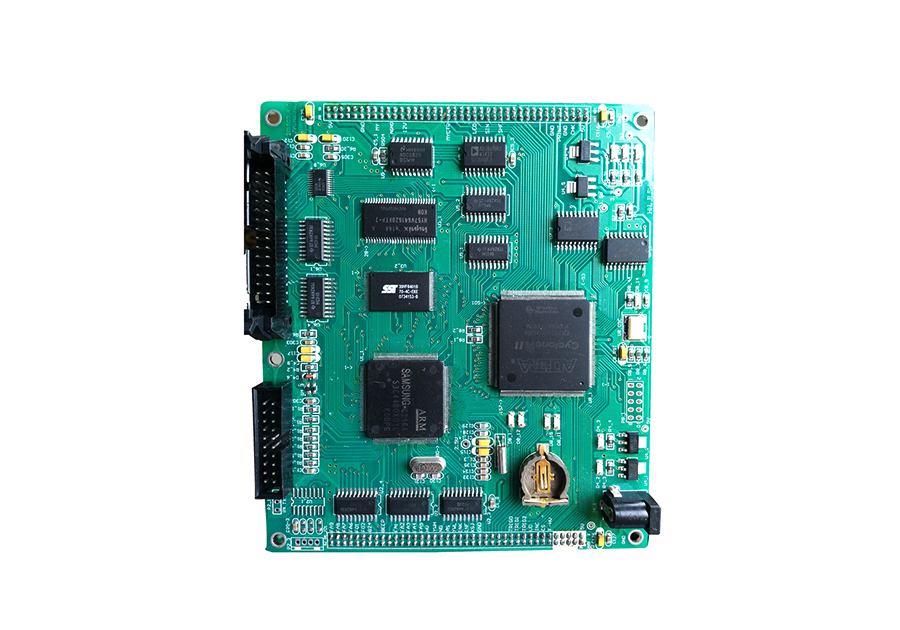
Multilayer printed circuit boards (PCBs) play a crucial role in the development and operation of smart grid equipment, enabling the efficient management and distribution of electrical power. The smart grid, characterized by its integration of advanced information and communication technologies w
 Jun 24, 2025
Jun 24, 2025
 1
1

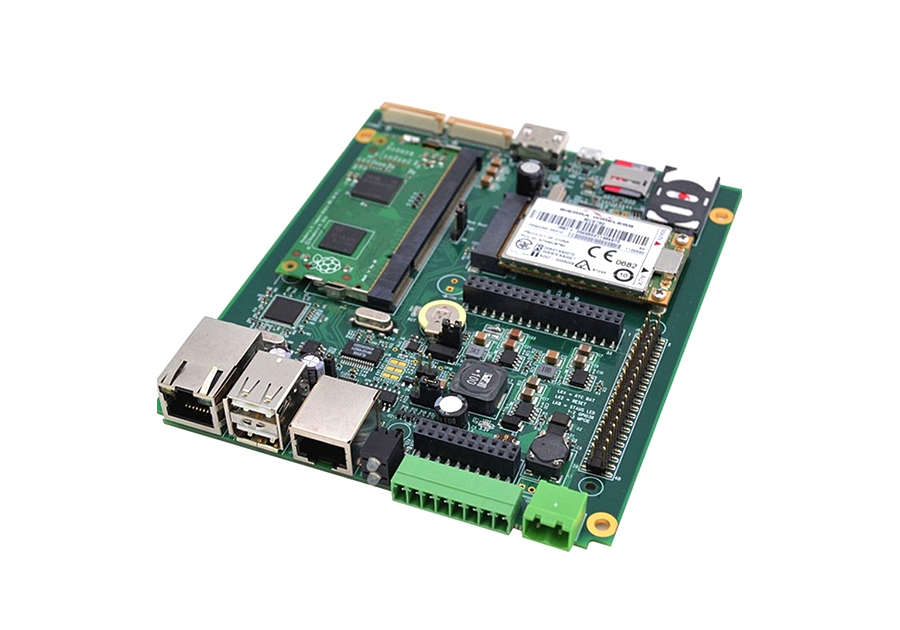
In an era of increasing environmental awareness and strict regulations, the development of environmentally friendly surface treatment processes for PCB boards has become imperative. Traditional surface treatment methods often involve the use of hazardous substances, such as lead-based solders an
 Jun 24, 2025
Jun 24, 2025
 1
1

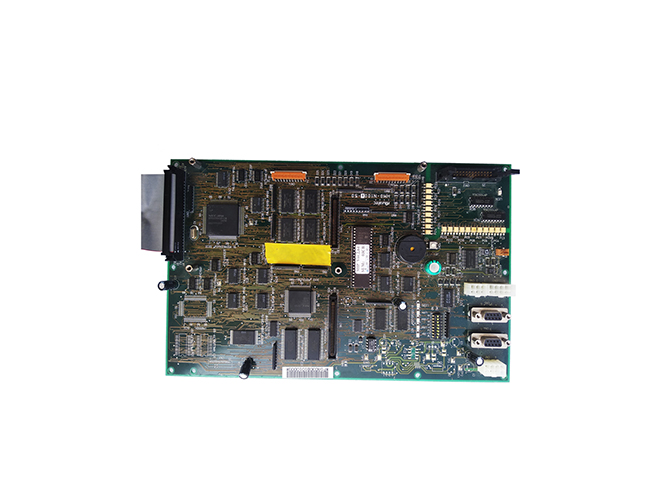
Electroless copper plating is a pivotal process in the fabrication of multilayer printed circuit boards (PCBs), enabling the formation of conductive pathways without the need for an external electric current. This technique is based on a chemical reduction reaction, where copper ions in the plat
 Jun 24, 2025
Jun 24, 2025
 1
1

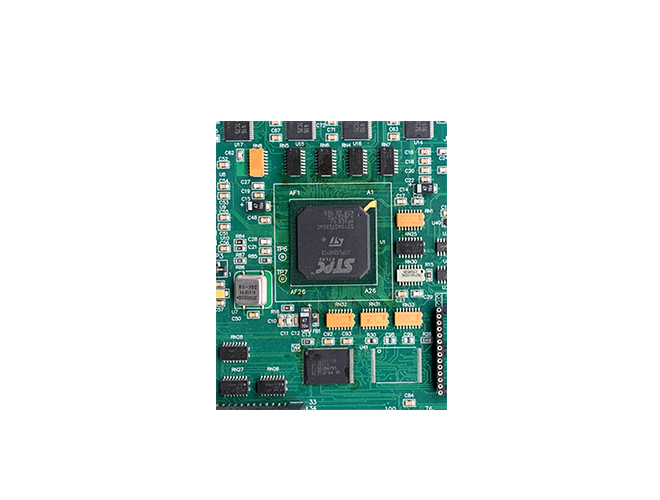
The backdrill process is an important technique used in the manufacturing of double-sided PCBs to improve signal integrity and reduce electrical losses. In a double-sided PCB, when vias are drilled through the board to connect the top and bottom layers, the unused portion of the via barrel (the
 Jun 23, 2025
Jun 23, 2025
 1
1

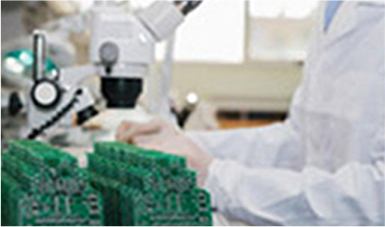
Designing an Ethernet interface circuit on a double-sided PCB requires careful consideration of various factors to ensure reliable data transmission and optimal performance. Ethernet interfaces are widely used in a variety of electronic devices for network connectivity, and the PCB design plays
 Jun 23, 2025
Jun 23, 2025
 1
1

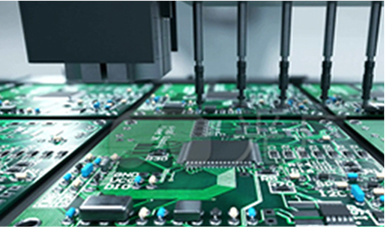
Double-sided PCBs play a vital role in the design and functionality of smart socket circuits. Smart sockets are becoming increasingly popular due to their ability to monitor and control electrical devices remotely, providing users with convenience, energy efficiency, and enhanced safety. In a s
 Jun 23, 2025
Jun 23, 2025
 1
1
